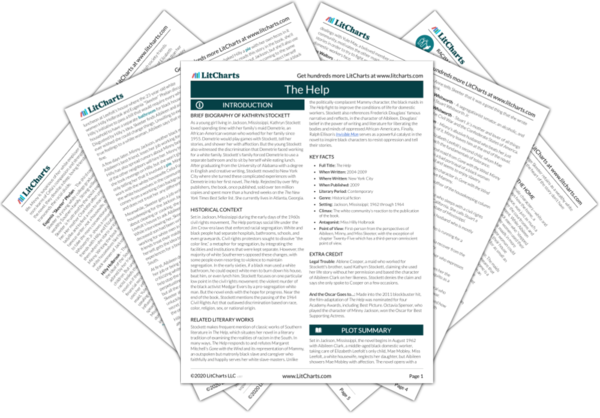Recall how Minny objected to the racist characterization of Mammy from
Gone with the Wind because she thought Mammy was too timid and docile. Here Minny practices what she preaches by confronting a white man who has an axe, showing herself to be a powerful, formidable woman.
